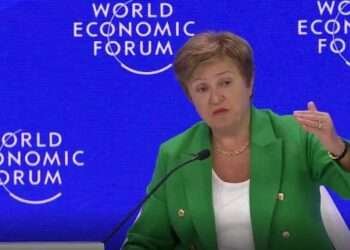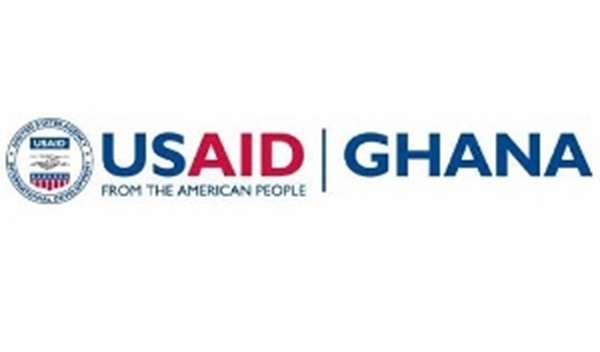A new study by the Ghana Statistical Service (GSS) has revealed that border districts experienced the highest increase in commodity prices of 5.8 per cent between April and May this year as compared to lockdown districts with 2.0 percent and ‘Other districts’ with an average of 4.4 percent.
Districts that share international borders with other countries; border districts, experienced the highest increase in transport by 11. 1 percent and an increase in prices of food and non-alcoholic beverages by 6.6 percent.
Prices of products increased in all localities by an average of 4.2 percent. Generally, food and non-alcoholic beverages recorded the highest price increase of 4.8 percent, followed by transport with 4.1 percent and alcoholic beverages, tobacco and narcotics with 4.0 percent.
The Government Statistician, Prof. Samuel Kobina Annim, presenting the findings of the survey said “although the overall prices of transport increased by 4.1%, localities in the lockdown districts saw a reduction in transport prices possibly due to the restrictions on movements in such districts”.

Prof Annim explained that the first wave of the COVID-19 Local Economies Tracker survey was conducted by the GSS, in collaboration with the United Nations Development Program (UNDP), to understand the effect of the COVID-19 on the local economies.
Of the 2,770 localities surveyed, 554 of them were in districts where lockdowns were imposed, an additional 1,169 were in districts that share international borders with other countries whilst the remaining 1,047 were neither in lockdown nor border districts.
The results of this survey according to the Government Statistician, “show that COVID-19 had both economic and social effects on localities. These imply that strengthening of district assemblies to take initiatives during shocks, provision of social amenities, strengthening of social structures, the involvement of district security agencies and non-state organizations would assist localities to deal effectively with future shocks”.
Localities in border districts recorded higher price increases in food and non-alcoholic beverages of 6.6 percent compared to price surges in lockdown districts of 2.5 percent and other districts with 5.0 percent. Not all items were equally available throughout the different types of districts.

The findings of the survey also showed that Localities are engaged in different types of economic activities, with the dominant economic activity being crop farming with 77.9 percent, followed by trading with 14.5% percent and capture fisheries with 2.8 percent
While almost all localities in border (94.0%) and other districts (85.9%) engage in crop farming, the proportions in the lockdown (29.1%) is a little over a quarter. Whereas trading is the leading economic activity in Lockdown districts (57.2%), less than 10 percent of localities are into trading in the border (1.8%) and other (6.1%) districts.
Other surveys carried out by the GSS to track the impact of COVID-19 on the Ghanaian economy
Prof Annim further stated that “It is worth mentioning that GSS carried out two other parallel COVID-19 tracker surveys: the Business Tracker and Household and Job Tracker. The Local Economies Tracker departs fundamentally from the aforementioned trackers in terms of the source of information. The statistical information collected by the Local Economies Tracker emanates from a group of key opinion leaders ranging between four to ten representing each of the selected communities.
“The data for the Business and Household Tracker Surveys are collected from an individual representing a business entity and the household respectively. The Local Economies Tracker focuses on the impact of the pandemic on the communities and tries to raise the challenges of vulnerable communities to inform policy and non-governmental organization’s intervention”.





















